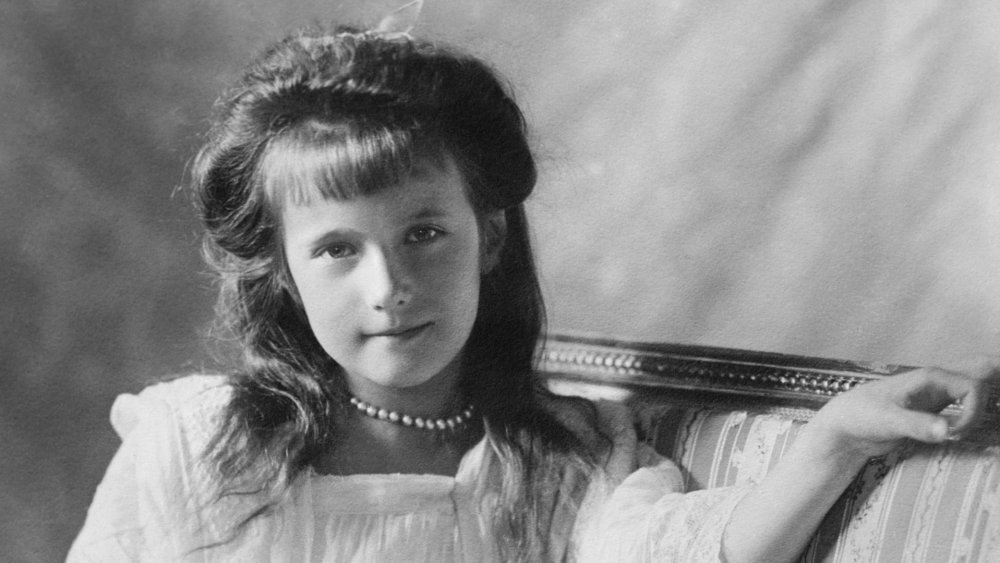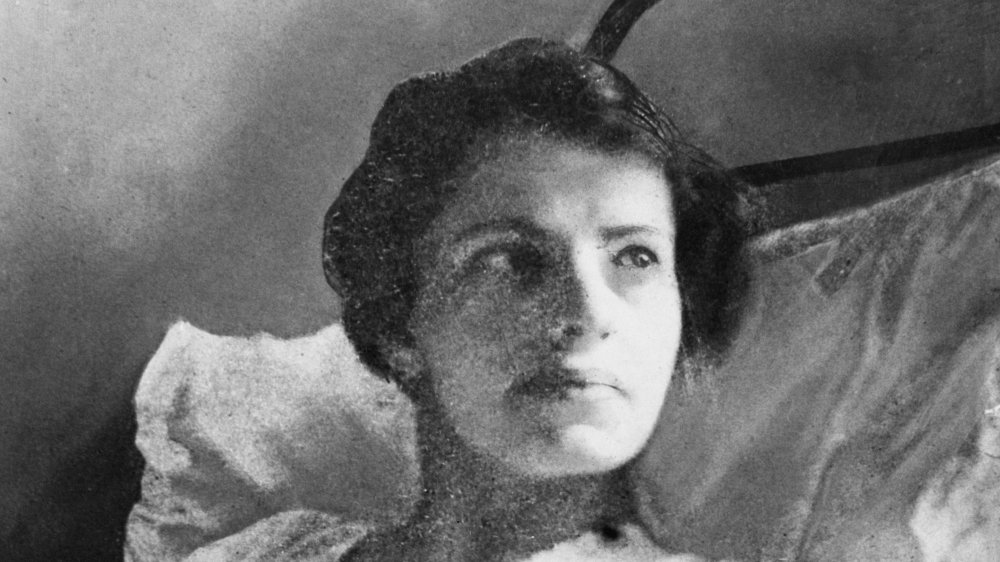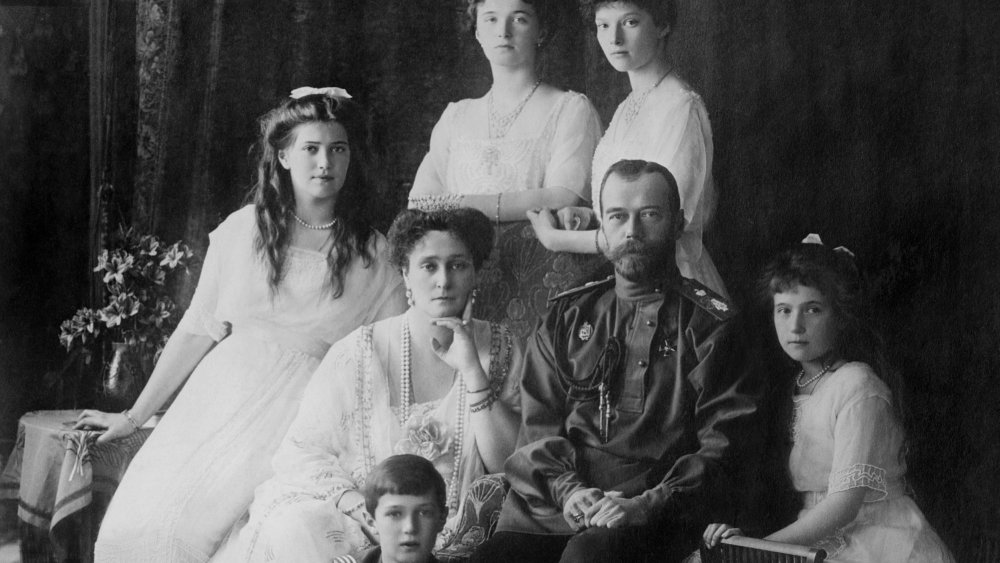The Truth About Anastasia Romanov's Death
From 1920 to 1922, a young woman known as Fraulein Unbekannt, or "Miss Unknown," started to make waves from her accommodations in Lützowstrasse, Germany. Speaking in a Russian accent, the patient had no means of identification, but her fellow occupants at the Elisabeth Psychiatric Hospital seemed convinced that she was hiding a spicy secret: her QT identity, Anastasia Romanov, the escaped Grand Duchess of the Russian royal family, deposed and purportedly executed during the country's revolution. Rumors of Anastasia's survival had been circulating for over a year. Could this mysterious stranger, her body covered in scars, be the last of the royal line, persevering against all odds as a beacon of hope to the embattled nation's remaining imperial loyalists?
Here's the bad news about Anastasia Romanov's death
No, she couldn't. Pictured here not being Anastasia Romanov at all, the woman's name was Franziska Schanzkowska, and she was, by most accounts, just wildly unstable. That didn't stop her from becoming the most famous of around 20 women from the era who lived pretty comfortably by claiming to be Anastasia Romanov.
The facts are these: in the wee morning hours of July 17th, 1918, Czar Nicholas and his family, held prisoner by the Russian Provisional Government, were pulled from their beds and told that they were being moved to a safer facility. They were led to a small basement room at the Ipatiev House in Yekaterinburg, told to line up for a photo proving to the world they were still alive and captive, but instead executed by a patchwork firing squad employing pistols, bayonets, and, according to History, the fists and boots of the executioners.
Bright-eyed optimism and a significant amount of calculated misinformation disseminated by the Soviet Union left the fate of the Romanov children a mystery for years. They were, depending on the day, reported to have escaped, to be interred at a "secure location," or to have been killed by nameless extremists. Anastasia, the youngest daughter of the royal family, was at the center of a number of conspiracy theories, probably because nobody liked to imagine that their government turned a 17-year-old girl into a decorative display case for bullets.
Here's the worse news
Unfortunately for fans of high drama and soap opera-adjacent twist ending reveals, Princess Anastasia, like many people who get shot and bayoneted repeatedly, died right around the time that she was shot and bayoneted repeatedly. Her body, along with those of the rest of her immediate family and entourage, was uncovered during a series of excavations in the '90s and 2000s, backed up by DNA testing and photographic evidence.
Still, from a pop culture perspective, by that point, the damage was done. Decades of rumors had landed the ill-fated princess a forever home in the pages of folklore. Novels, motion pictures, and dozens of huxters claiming royal lineage only served to exacerbate matters.
But all of that only obfuscates the most important fact about the execution of the Romanov family; namely that it led tangentially to the release of Bartok the Magnificent, the direct-to-VHS sequel to the critically maligned animated feature film Anastasia, in which a bat with a funny voice gets into all sorts of mischief.


